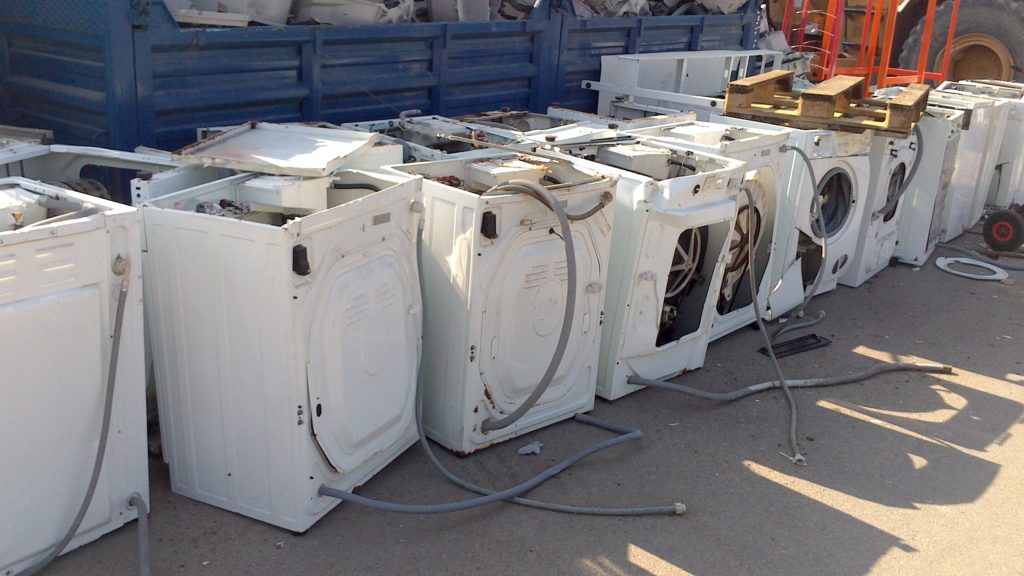According to Weee Ireland, during 2016 consumers recycled the highest quantity ever reached, with 34,482 tons of waste electrical and electronic, the equivalent of approximately 15 million home appliances or almost 10kg per person. A very good result, considered that it represents an increase of 12% compared to 2015 exceeding EU targets.
«Diverting 34,482 tons of waste electrical equipment from landfill for high level material recovery – said Declan Moylan, Chairman, Board of Directors of Weee Ireland- and attaining more than 67% collection rate of Weee, are benchmark results which I and my fellow Directors are proud to present. These results along with the remarkable surpassing of the 45% waste portable battery collection target show an expertly managed system».
The collection of waste large household appliances continues to increase along with the volumes from the Retailer We’ll Take it Back programme, while the amount of small waste electricals also noticeably increased at local authority collection points in 2016.
The Wee report underlines the large emphasis the Irish system places on quality treatment standards.: all Weee Ireland treatment partners are certified to the WeeeLabex Recycling Standard, in compliance with the mandatory obligation in Ireland since the introduction of the 2014 Weee Regulations.
For the future, Ireland will be focused on the new collection recycling target of 65%, the new categorizations and open scope in 2018. Weee Ireland collected for recycling 67% by weight of Members EEE in 2016, but with the reduction in weight of screens coming back (as we move away from box TV’s to flat screens) the new challenging will be most difficult to afford. The 6 new categories in 2018 will impact producer reporting systems and the open scope will bring more appliances into scope. The changes to Weee and Battery Directives from the Circular Economy Package will be the next major impact on Producers of EEE in 2018 and beyond. It covers design of products to allow for better durability, sustainability and reparability. It places a large emphasis on waste prevention and reuse as well as recovery of resources.




